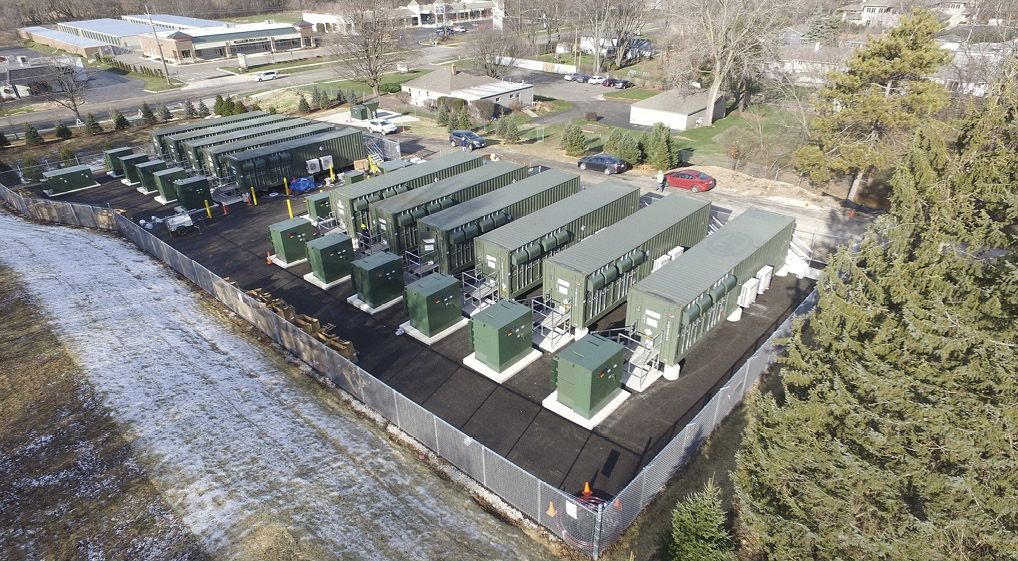Everoze Partner Nithin Rajavelu considers the critical importance of properly measuring and managing battery health (SoC) for the efficiency, longevity and safety of battery energy storage system (BESS) projects, especially in lithium ferrous phosphate (LFP) devices, which are widely used for large-scale storage.
SoC is typically expressed as a percentage of a battery’s total energy storage capacity. For example, an SoC of 50% means that a battery is half charged. Accurate and reliable SoC measurement is essential for optimizing battery performance and maximizing revenue. Inaccurate SoC measurements can have significant financial consequences. For example, overestimating SoC may prevent an asset from delivering the full volume of energy traded on the energy markets, which could lead to imbalance costs. Similarly, an inaccurate SoC can mean that an asset cannot provide additional or balancing services when required by a network operator, leading to underperformance penalties.
Errors of up to 5% can occur in the SoC measurement of advanced, well-maintained battery systems, and can be significantly higher in poorly managed systems.
It is impossible to directly measure the SoC of a lithium-ion battery. Instead, various SoC measurement methods estimate the value based on voltage, current and temperature measurements.
The SoC measurement is affected by several factors, including battery type and cell chemistry; cell voltage, usage patterns, including C-rate (the time it takes to fully charge) and depth of discharge; aging; and environmental conditions such as temperature.
Classic SoC measurement methods, such as Coulomb counting, track the amount of charge entering and leaving a battery. More advanced techniques, such as Kalman filtering, combine multiple measurement methods and use mathematical models to improve accuracy.
A robust battery management system (BMS) is essential for monitoring the various parameters, measuring (or rather estimating) the SoC using the algorithms used and calibrating the resulting SoC, if necessary.
Unique challenges
The devil, as always, is in the details, as LFP batteries present unique challenges to SoC estimation. LFP batteries have a flatter voltage curve than other lithium-ion chemistries, which means that voltage changes less significantly with SoC and makes it more challenging to accurately estimate SoC using voltage-based methods alone. This flat curve requires more advanced algorithms and additional data points, such as temperature and current, to achieve an accurate SoC estimate.
Real-time, voltage-based SoC measurements that require lookup tables are prone to errors because the voltage curve shifts up during charging and shifts down during discharging, causing hysteresis (the phenomenon of physical effects that follow a change in state) is introduced in the measurements. This effect introduces an additional layer of complexity and an SoC algorithm and models must adapt to this hysteresis to improve accuracy.
Despite their robustness, LFP batteries can suffer from SoC drift over time. Coulomb counting errors – including initial value errors, noise errors, and current measurement errors – can accumulate over time. Regular calibration of SoC measurements using periodic full charge and discharge cycles is necessary to correct such errors and restore accuracy.
Although LFP batteries are generally more tolerant of temperature variations, extreme temperatures can still affect SoC accuracy. Advanced BMS solutions are needed to dynamically adjust SoC calculations based on real-time temperature data.
As LFP batteries age, their capacity gradually decreases and internal resistance increases, which affects SoC measurements. The same voltage or coulomb count can correspond to different SoC levels as the battery ages, which can lead to inaccuracies if SoC estimation algorithms are not adjusted to account for such changes. Continuous monitoring and adaptive algorithms that adapt to aging parameters are necessary to maintain SoC accuracy over the life of a battery.
SoC issues can also exacerbate imbalances between battery racks and modules within a string. In a large BESS, multiple LFP battery modules are connected in series to form a rack, while multiple racks are connected in parallel configurations. If SoC is not carefully managed, some modules or racks may become overloaded while others may be undercharged, leading to uneven wear and tear and reduced overall efficiency.
Effective SoC management is not just a technical necessity – it is the linchpin for unlocking the true potential of BESS systems. The right BMS transforms these challenges into opportunities by using advanced adaptive algorithms and real-time data to adapt and optimize. With robust SoC measurements, operators can reduce imbalance, maintain system health, and maximize efficiency, all while safeguarding their investment.
About the author: Nithin Rajavelu has been advising on sustainable energy projects since 2011 and is a partner at Everoze. He specializes in technical, commercial and strategic advice for investors and asset owners of large-scale battery projects. He has worked across Europe, North America and the Asia Pacific region, and has previously contributed to project financing and M&A deals as a technical advisor for PV and onshore and offshore wind projects.
The views and opinions expressed in this article are those of the author and do not necessarily reflect those of the author pv magazine.
This content is copyrighted and may not be reused. If you would like to collaborate with us and reuse some of our content, please contact: editors@pv-magazine.com.
Popular content


